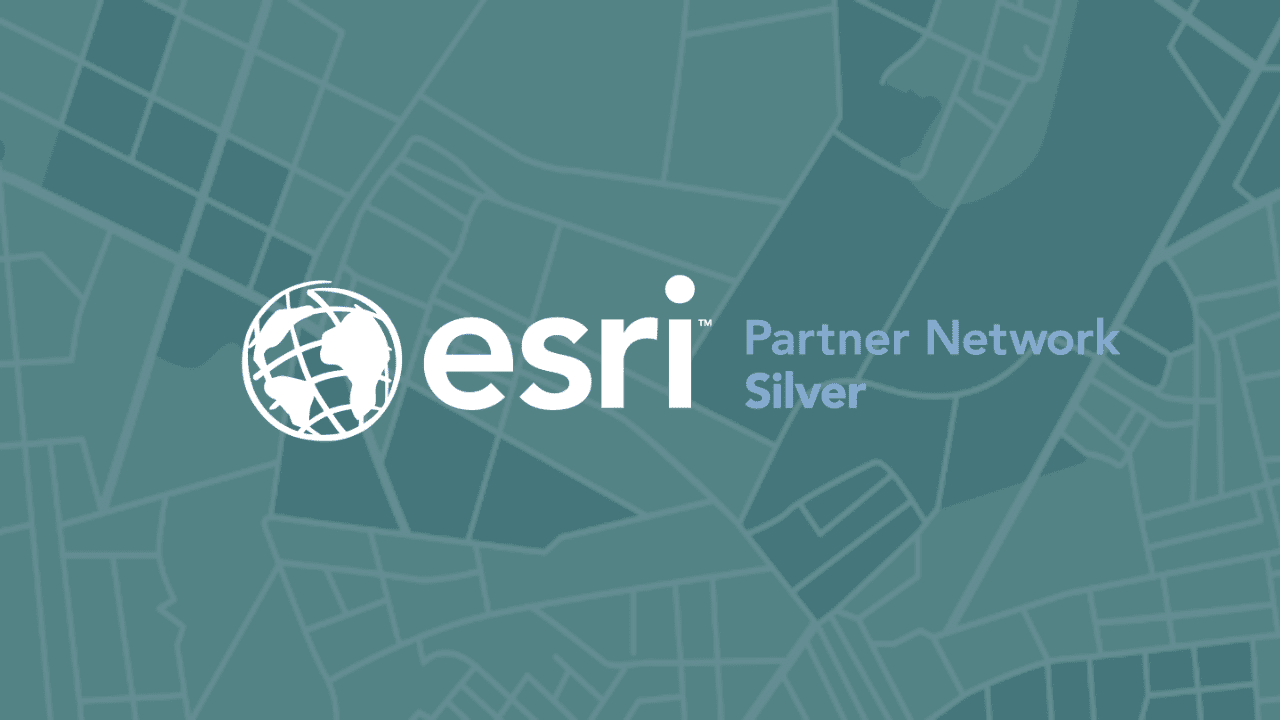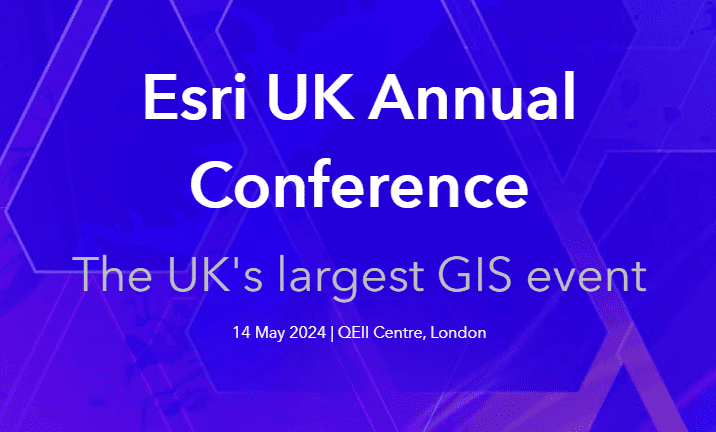Using GIS for Natural Resource Management

GIS (Geographical Information Systems) is widely used in mapping processes and functions as a way of collecting, storing, manipulating, analysing, organising, managing, summarising, and displaying various types of geographical data.
GIS has various applications in several industries, including natural resource management. GIS is a powerful tool in natural resource management and helps support effective and sustainable decision-making by improving the amount and type of data available to policy and decision-makers. GIS is also an essential tool for professionals like biologists, hydrologists, botanists, ecologists, farmers, miners, petroleum engineers, and environmental regulators.
Proper management of our natural resources is critical and impacts everyone. We will tell you how GIS technology can be applied to make a difference in today’s and tomorrow’s natural resource management.
GIS in Natural Resource Management
Remote sensing and GIS are widely used in the mapping process and can be used in various types of mapping, including:
- Vegetation maps
- Land cover maps
- Soil maps
- Geology maps
- Shoreline erosion maps
- Saltwater marsh migration maps
A wide variety of data needs to be collected and analysed before these maps are developed; this is where remote sensing technology is helpful. For remote sensing to be effective, it needs to be integrated with topographical maps to show the variation in soils, climates, and other factors.
Depending on the area’s topography, aerial photographs (vertical or oblique) help collect spatial data in the same location within intervals (years, seasons, days, hours). Satellite photographs can also be used and are significantly better as they have higher spectral, spatial, radiometric, and temporal resolutions and are more detailed.
Main Applications of GIS the Natural Resource Management
Natural resource management is critical to ensuring that our resources are effectively and sustainably managed. GIS technologies and remote sensing provide a platform through which managers can compile information and informative data to improve decision-making for sustainable development across the board.
1. Natural Hazards and Risk Assessment
The natural resource management industry utilises GIS to help monitor possible risks and hazardous areas prone to flooding, landslides, forest fires, soil erosion, droughts, earthquakes, and more. As our human population grows and development spreads, it is critical to attempt to mitigate risks through early planning and preparations.
Natural resource management organisations use spatial data from GIS to help analyse, organise, manage and monitor natural or human-created hazards that have occurred previously or have the potential to reoccur.
2. Monitor Environmental Changes
GIS has many applications, and utilising it to monitor land area changes between periods helps to improve decision-making and track changes in the environment due to climate and human impact.
Remote sensing, satellite imagery, and aerial photography are valuable for monitoring deforestation assessment, land change, urbanisation, habitat fragmentation, salt marsh monitoring, and coastal shoreline erosion. Natural resource management uses GIS data to study and monitor changes to help improve decision-making.
3. Monitoring the Environment
GIS is an essential tool for monitoring the growth and decline of natural resources in the environment and determines qualitative and quantitative data regarding environmental issues like land degradation, soil erosion, pollution, etc. Natural resource management utilises GIS to help monitor ecological conditions in real-time.
4. Monitoring Natural Resource Inventory
- Application of GIS Data in Forest Management. Forests are generally viewed as a renewable resource; however, forest cover has declined quickly. Forest managers use GIS data to monitor forest cover, forest types, human encroachment into a forest or land/protected area, and more. GIS is critical in developing forest management plans, decisions, and policy-making to ensure our forest resources are protected and utilised sustainably.
- Application of GIS Data in Watershed Management. GIS plays a critical role in watershed management. Water management is an ongoing challenge, and satellite data helps monitor water bodies such as lakes, rivers, dams, and reservoirs mapped in 3D and monitored using GIS technology.
- Application of GIS Data to Combat Desertification. GIS data helps determine soil types, nutrient availability, the best land use practices within a particular area, and their impacts on the environment. GIS data can also determine slope information and if desert-like conditions are encroaching in the area.
- Application of GIS Data in Biodiversity Management. GIS data aids land management of flora and fauna within protected areas and monitors invasive species’ presence and distribution using aerial, ground, and satellite photographs. This information also helps to determine the amount of cover and food present, especially for herbivores during certain times of the year.
MGISS Is Here to Help
At MGISS, we are at the forefront of GIS technology. As GIS is integrated into more industries with a broader range of applications, we will be here to help your business transition and handle all of your GIS needs.
Contact us today and find out how we can improve your business through the power of GIS.
About
With degrees in Geological Sciences and Geographical Information Systems, Darius has significant expertise and knowledge of Geospatial tech integration, specialising in high-accuracy mobile GIS deployment. Darius is the technical lead for IPAS and supports other large GIS-centric contracts in the utilities sector. Combining GIS development skills and years of customer insight he was able to create some of our leading solutions Z-Transform and DDMS for Highways.



